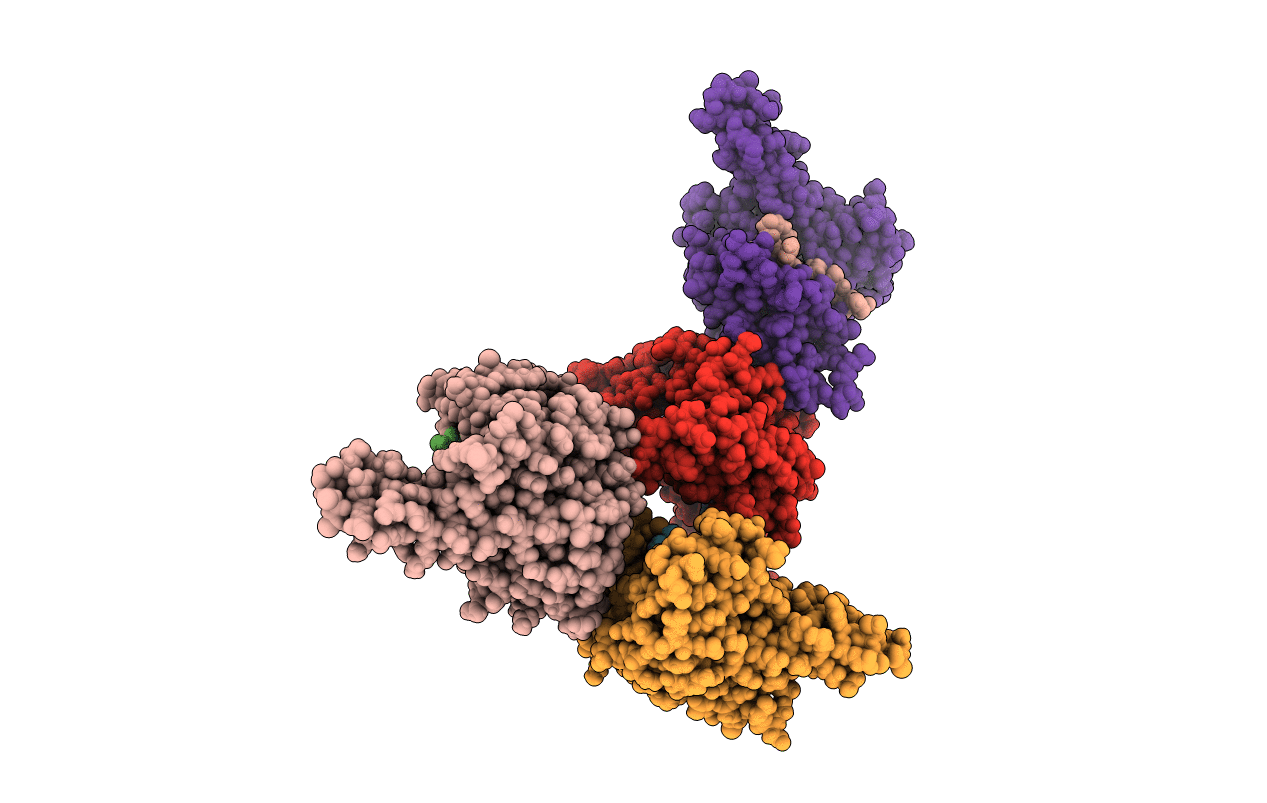
Deposition Date
2017-11-17
Release Date
2018-03-07
Last Version Date
2024-10-16
Entry Detail
PDB ID:
6F09
Keywords:
Title:
Binary complex of 14-3-3 zeta with ubiquitin specific protease 8 (USP8) pSer718 peptide
Biological Source:
Source Organism:
Homo sapiens (Taxon ID: 9606)
Host Organism:
Method Details:
Experimental Method:
Resolution:
1.59 Å
R-Value Free:
0.22
R-Value Work:
0.18
R-Value Observed:
0.18
Space Group:
P 1


